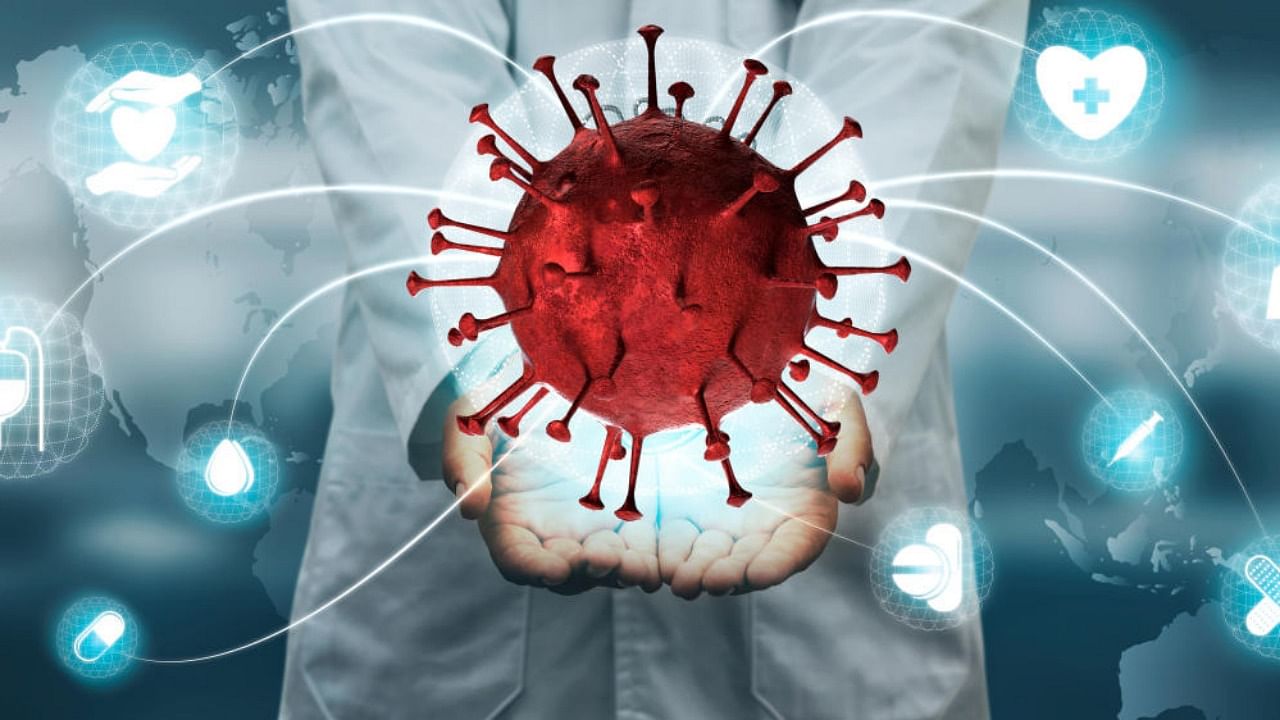
Learning some lessons from the Spanish Flu outbreak of 1918, Indian researchers have gone back to testing how low-dose radiation therapy can be used to treat Severe Acute Respiratory Infection (SARI) and pneumonia in Covid-19 patients.
Over 10,000 out of 14,308 Covid-19 fatalities this year in Karnataka suffered from SARI.
Although pilot studies at AIIMS in New Delhi and at a centre at Trichy in Tamil Nadu involving about 20 patients were carried out last year, researchers said that further work was stopped after the first wave peaked. Now, researchers in Bengaluru said they are preparing to carry out independent trials, building on these pilot studies.
Dr Lohith G Reddy, consultant radiation oncologist, who is one of the principal investigators of the proposed trial, said the studies are looking at the precedent of Spanish Flu pandemic of 1918, whereby medical practitioners found that X-rays can help modulate cytokine storms, or an unregulated immune response from a viral infection.
“By giving a low dose of radiation, we can suppress the pro-inflammatory phase of the virus. Application of Low-Dose Radiation Therapy (LDRT) is done between the second and third stage when oxygen dependency is more. The radiation has an immune modulatory effect. This can suppress lung damage,” Dr Reddy said.
The low dose being proposed is 0.5 grays of radiation. Speaking as an independent expert, Dr C Ramachandra, director, Kidwai Memorial Institute of Oncology, concurred that LDRT has its benefits without causing side-effects. “The dosage is the equivalent of about 15 CT-scans,” he said.
“While high doses of radiation trigger inflammatory effects and edema (swelling), low doses of below 1 gray actually produce anti-inflammatory and anti-edema effects. When they give this dose, the inflammation reduces and use of oxygen supplementation is reduced and percolation of the lung is better. This has prevented many people from entering the ICU,” he added.
In Phase 1 and Phase 2 trials conducted at Trichy with ICMR approval, researchers found that there was a dramatic reduction in supplementary oxygen requirements among patents. “Unfortunately, after the first wave, the research stopped. Had it continued, we would probably not be facing many problems today, including oxygen shortages,” said Dr G Govindaraj, the principal investigator of that study.
He added that while most LDRT studies have been conducted in the West, additional studies in India could help pool the data and advance the treatment.
Problem of deployment
Dr Ramachandra, however, does not believe the treatment can be effectively deployed. “Only patients who can do without supplemental oxygen can ideally be treated as they should be able to move back and forth from Covid hospitals to radiation therapy centres. This is not possible by seriously ill patients who require oxygen support at all times,” he said.
He added that radiation therapy machines are also in limited supply in Bengaluru.